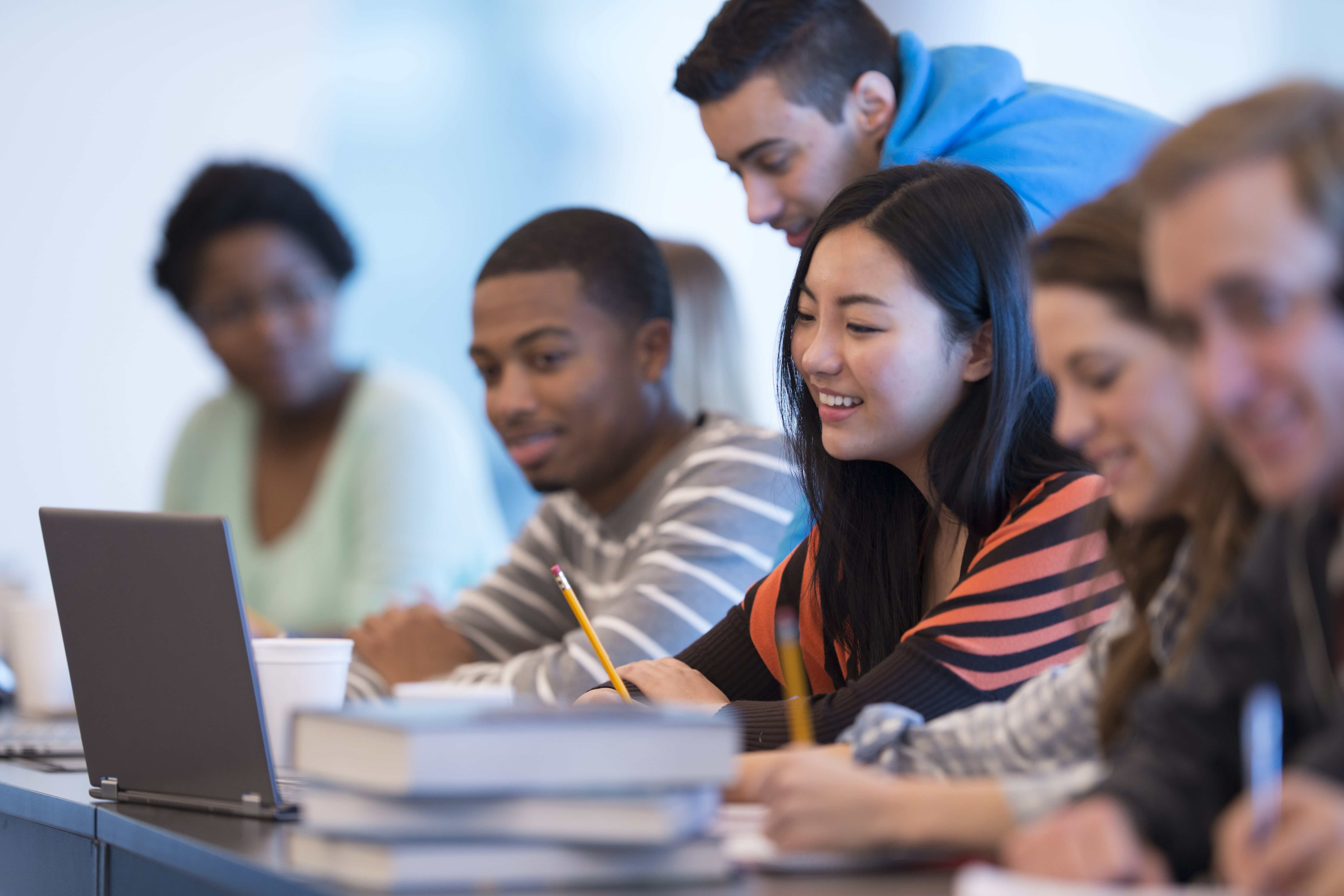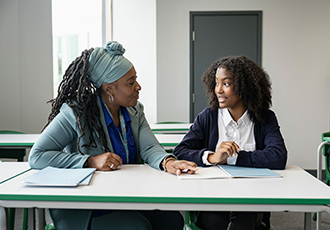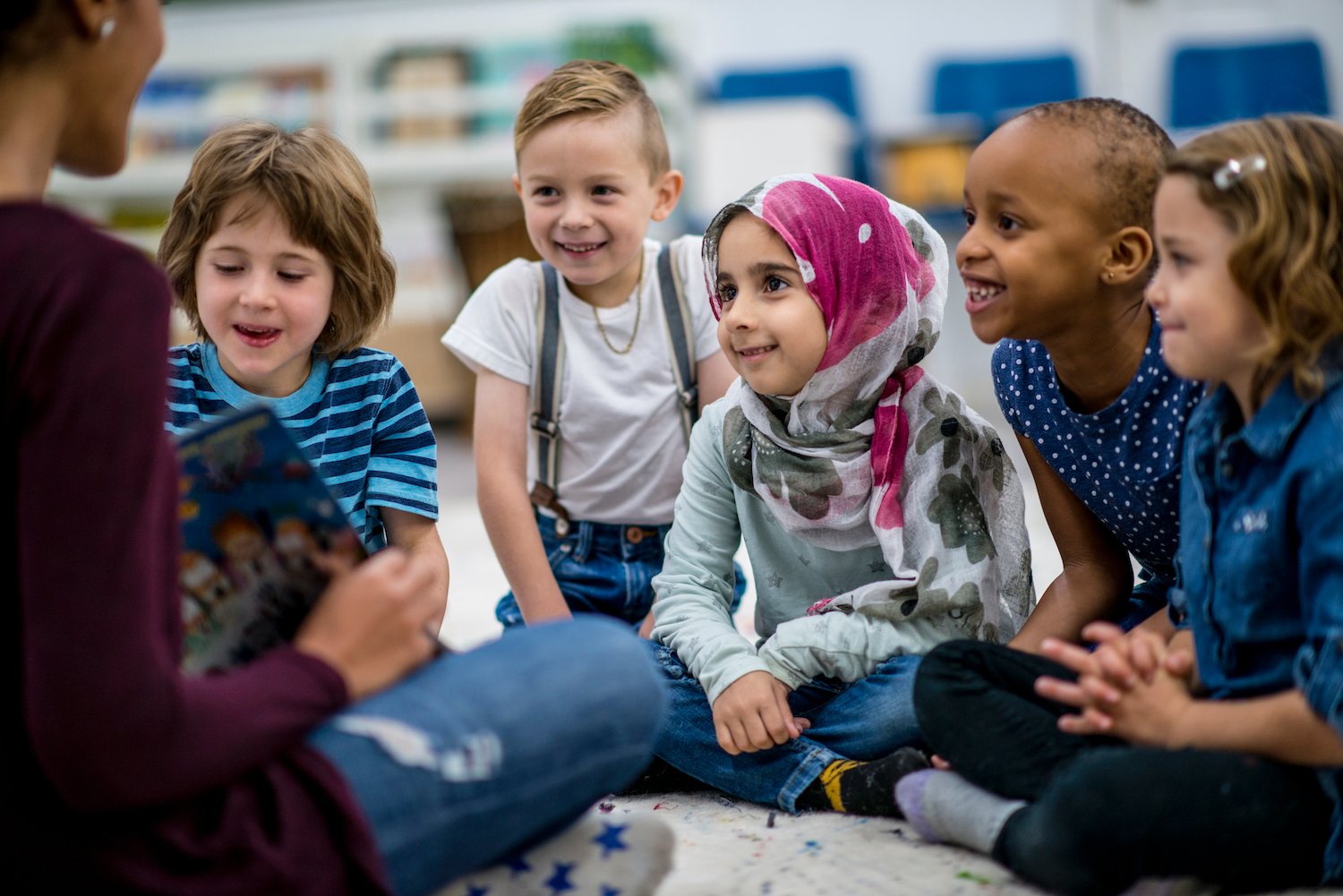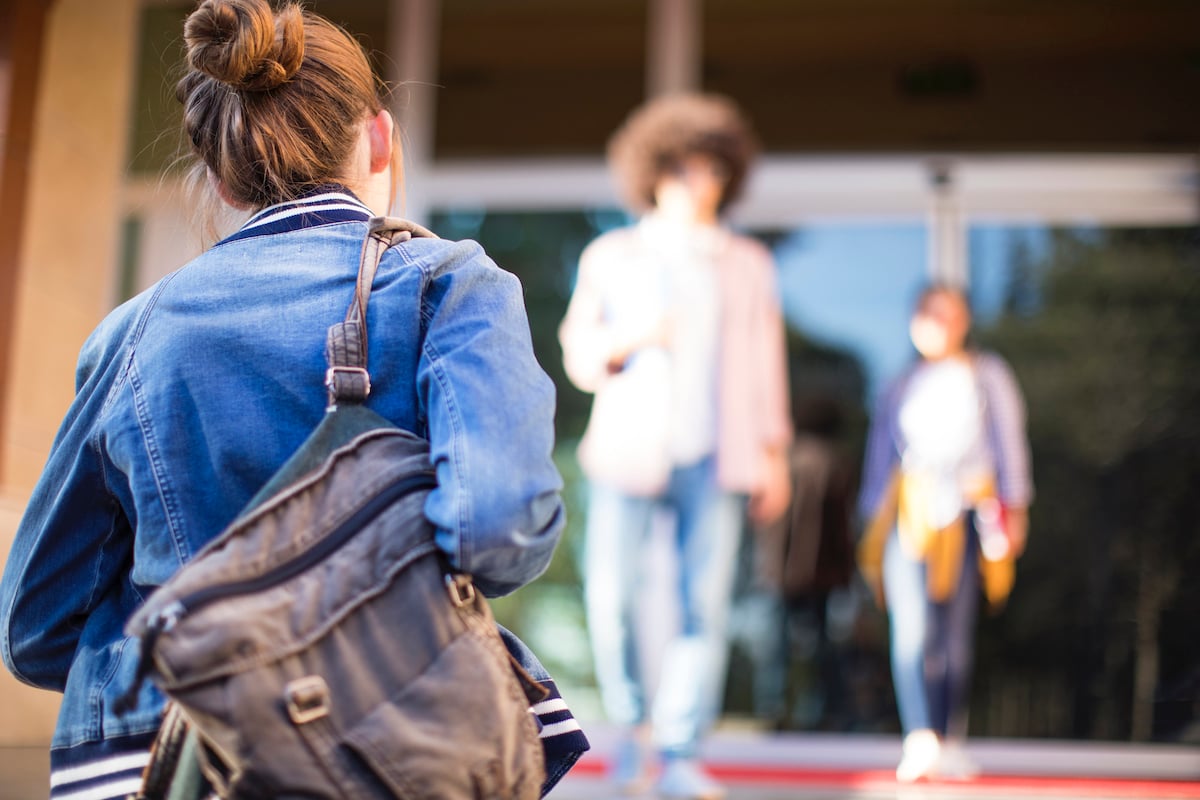-
Solutions
-
By District Priority
-
-
Products
-

AI Perceptions and Readiness Survey
Understand stakeholder priorities, familiarity, and readiness to use AI in schools.
-
Resources
-
Featured Resource

Panoramic 2026 Virtual Summit
Discover how educators and leaders are putting purpose behind AI to drive real improvements in attendance, literacy, and student supports.
-
Find Your State
-
-
Alabama
-
Alaska
-
Arizona
-
Arkansas
-
California
-
Colorado
-
Connecticut
-
Delaware
-
Florida
-
Georgia
-
Hawaii
-
Idaho
-
Illinois
-
Indiana
-
Iowa
-
Kansas
-
Kentucky
-
Louisiana
-
Maine
-
Maryland
-
Massachusetts
-
Michigan
-
Minnesota
-
Mississippi
-
Missouri
-
Montana
-
Nebraska
-
Nevada
-
New Hampshire
-
New Jersey
-
New Mexico
-
New York
-
North Carolina
-
North Dakota
-
Ohio
-
Oklahoma
-
Oregon
-
Pennsylvania
-
Rhode Island
-
South Carolina
-
South Dakota
-
Tennessee
-
Texas
-
Utah
-
Vermont
-
Virginia
-
Washington
-
West Virginia
-
Wisconsin
-
Wyoming
-
-
-
About Us
-
Impact
-
Get in Touch
-
Student Check-Ins Surveys
Uncover what students need—right when they need it
Panorama Check-Ins are quick, research-based surveys that educators can run anytime to get instant feedback from students. Identify student concerns early and take timely action to provide support when it matters most.
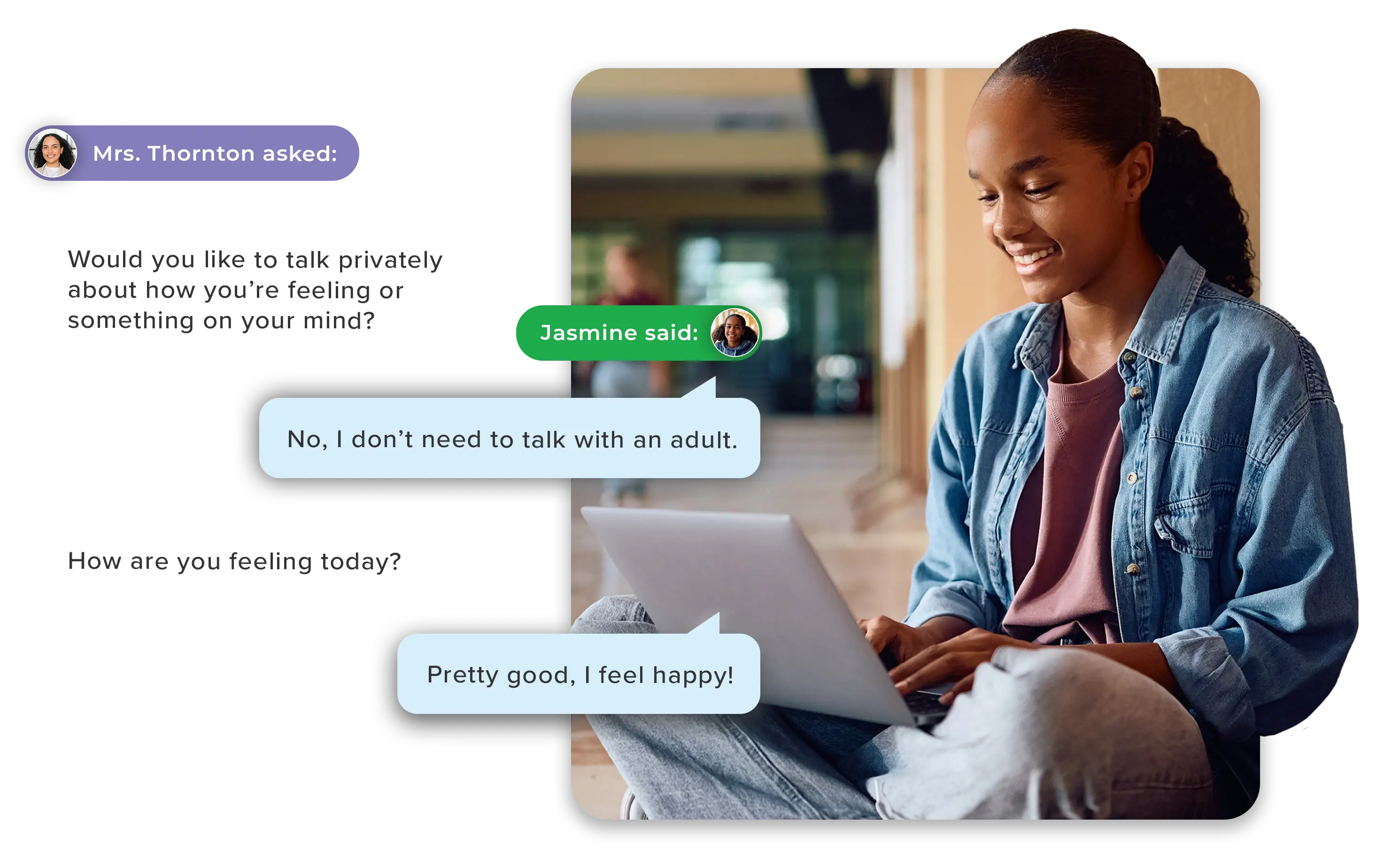
25% of U.S. public school students take Panorama surveys
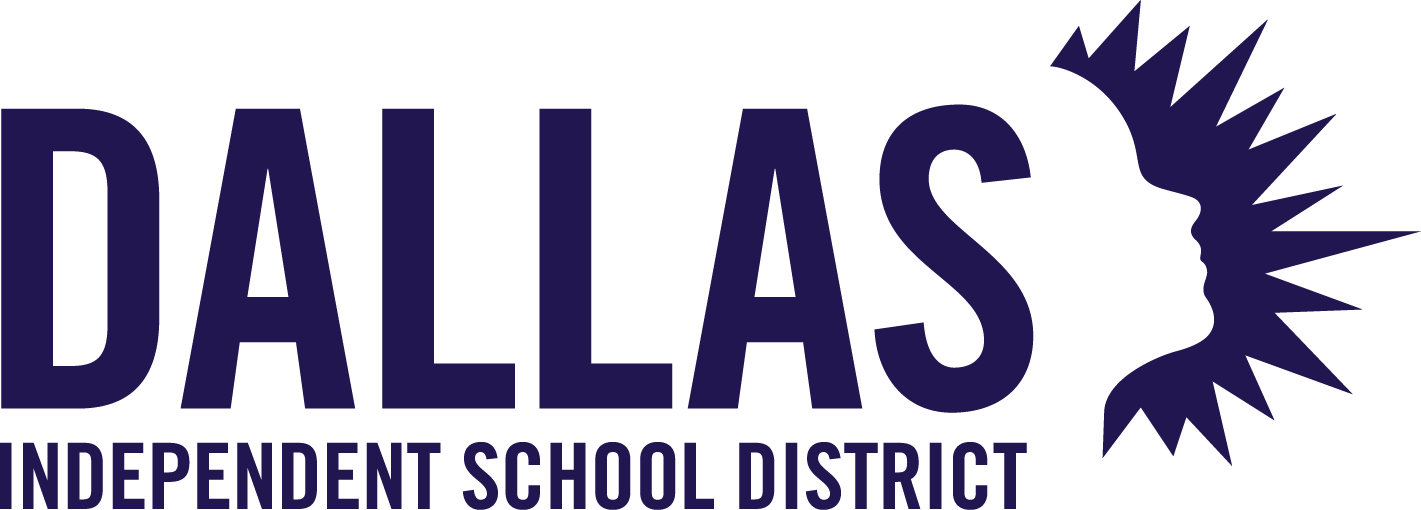
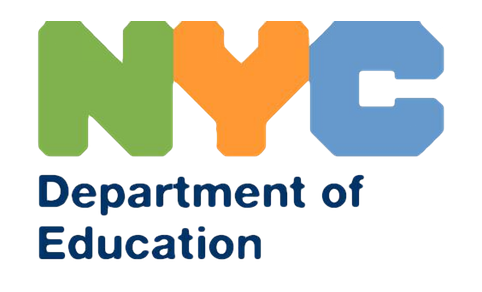
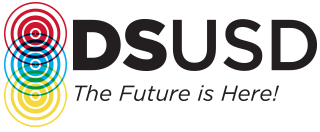
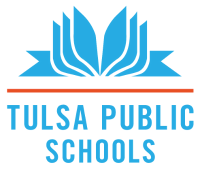


Stay in tune with students’ changing needs
Quickly gather insights into students’ well-being, learning environment, and immediate needs.
Support students when they need it most
Create and run a Panorama Check-In, and view results instantly. With real-time insights, you can address needs before they escalate. Check-Ins helps you respond proactively—whether addressing an individual student concern or a classroom trend.
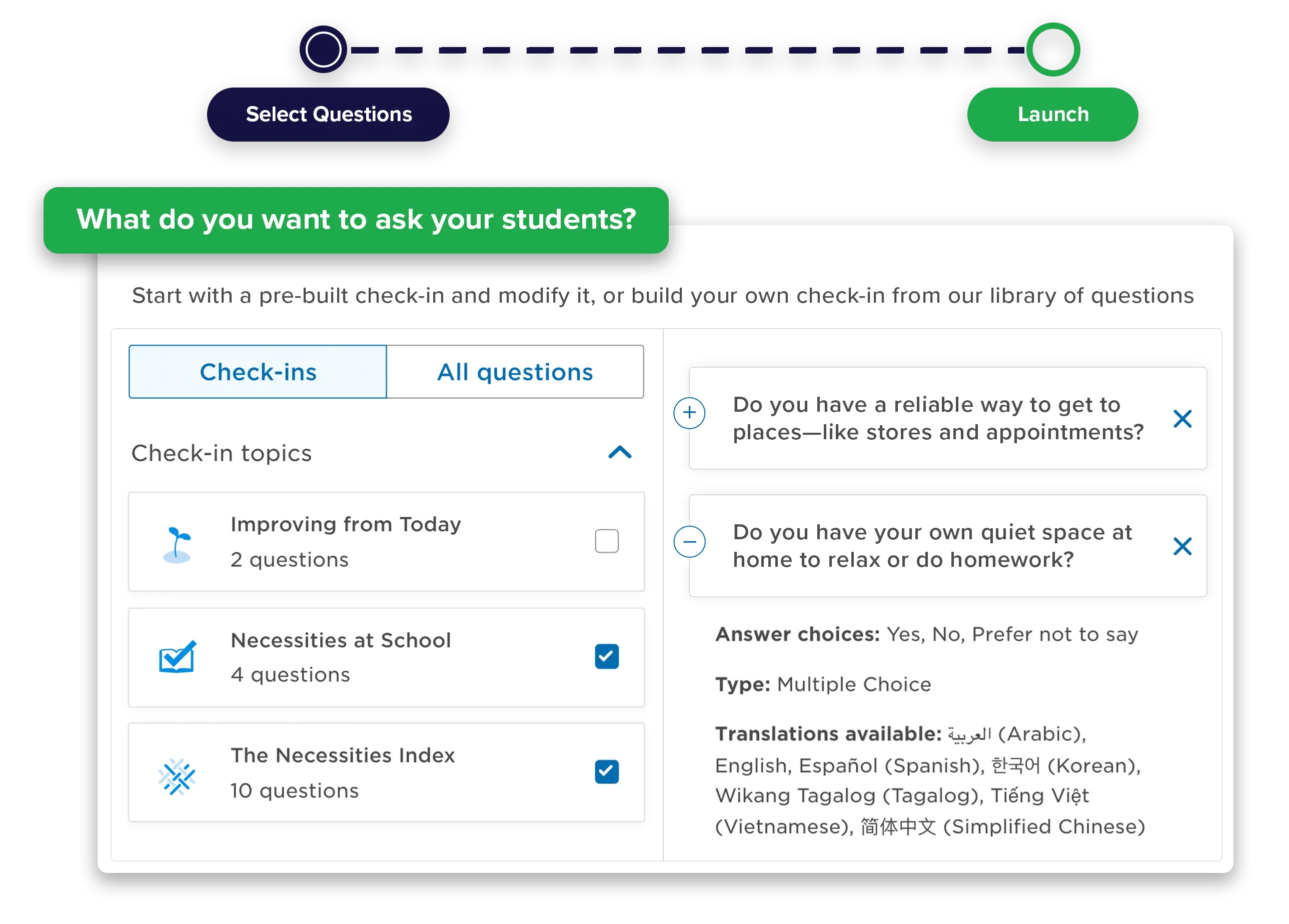
Make sure no student concern goes unnoticed
Some students may hesitate to ask for help in person. Check-Ins give them a low-pressure way to share their challenges or reach out for support without needing to directly approach an adult.
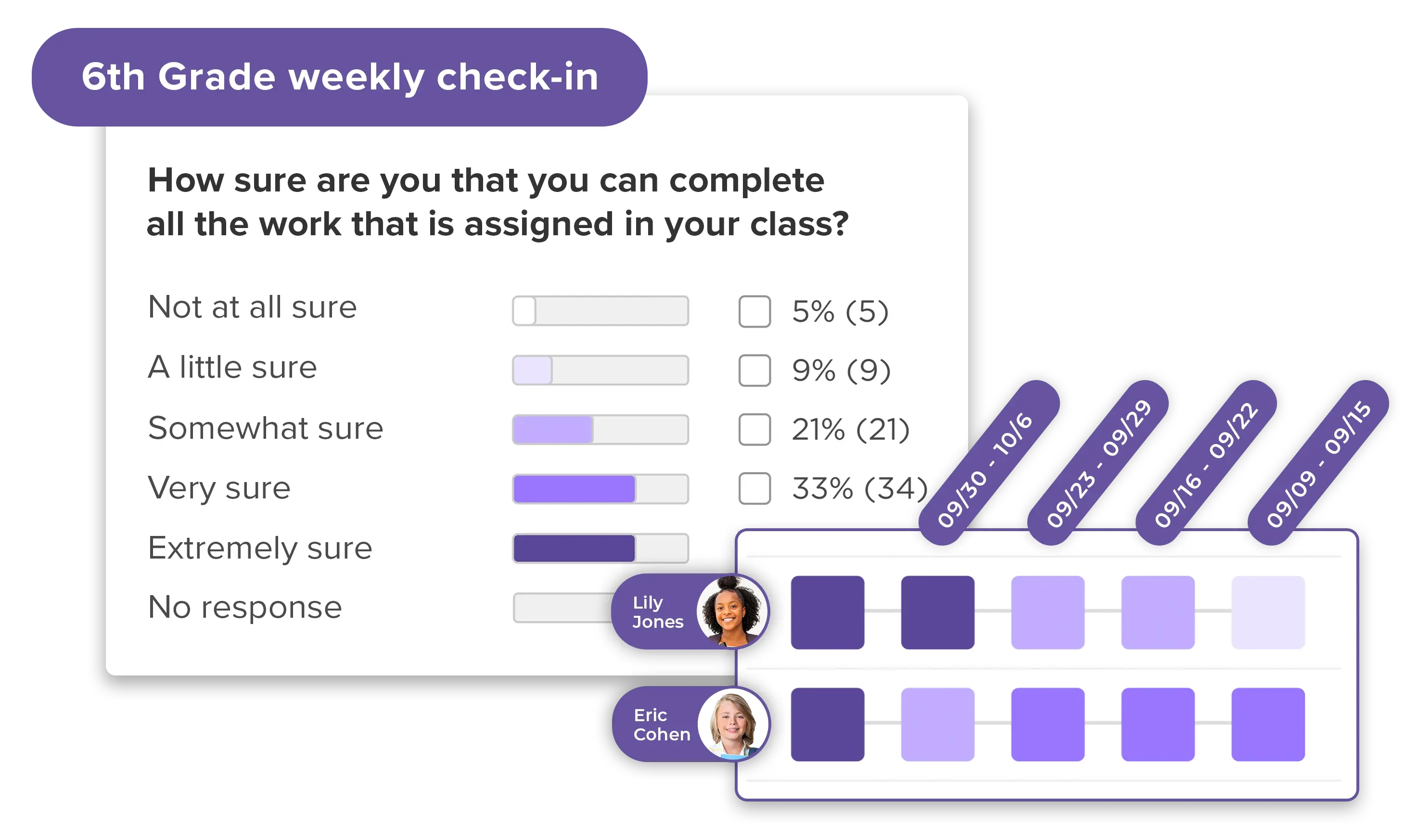
Track the impact of student supports
Regular Check-Ins help you monitor progress over time and see if interventions are effective. Check-Ins also integrates seamlessly with Panorama Student Success, so you can assign, manage, and progress monitor interventions all in one platform.
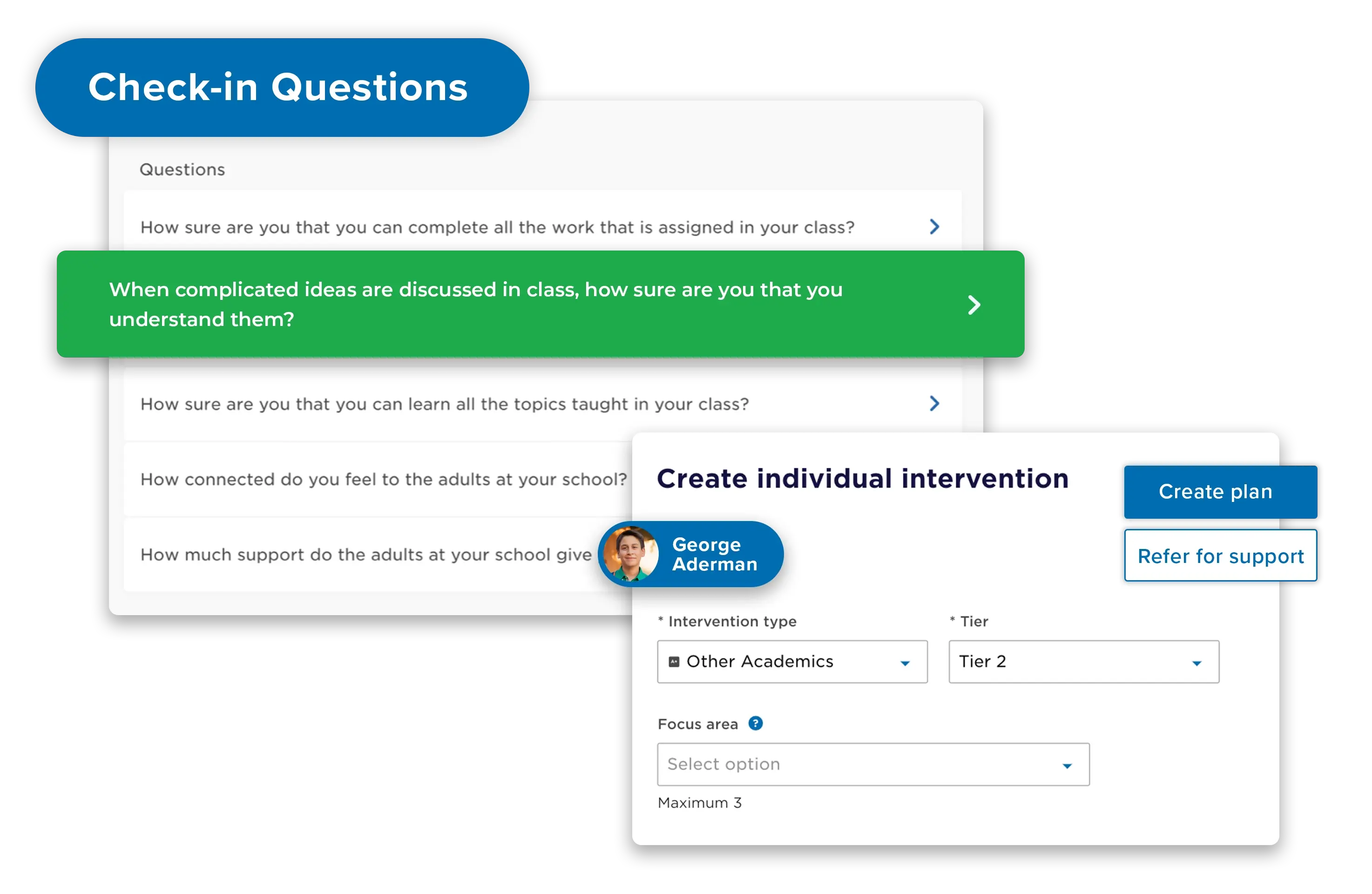
Popular features
Check-Ins survey builder
Select from pre-loaded question sets, choose specific questions from expert-designed options, or run content customized to your needs.
Role-based administration
Panorama Check-Ins adapts to your role, ensuring that only those with appropriate access can create or administer surveys for their students.
Student roster syncs
Check-Ins seamlessly syncs with your student roster, allowing you to create surveys for any group—from your entire school to smaller groups.
Recurring Check-Ins
Easily send the same questions using the same link at regular intervals to spot trends, monitor progress over time, and make informed decisions.
Pulse check surveys
Gather feedback on a specific topic from the right students at the right time—after a school event, following an incident, before exams, and more.
Real-time results
After launching a survey, student responses appear instantly, allowing you to act quickly and confidently to address your students’ needs.
What Panorama partners are saying
“It’s so easy to just create the Check-In and copy the link, and the kids get into it. They know exactly what to do, and it’s something that can be done within 3 or 4 minutes, and the kids are done with their Check-Ins. I have had a few kids that answered that they want to speak to someone privately, and that’s important to me because, otherwise, I would never know.”
Ms. Munoz
5th Grade Teacher, Gadsden ISD (NM)

Resources to support timely student supports
Frequently asked questions
What topics and questions does Panorama Check-Ins include?
Panorama Check-Ins questions span many themes, including well-being, academic support, relationships, safety, support and inclusion, chronic absenteeism, and more. For example, the “Raise Your Hand” topic empowers students to ask for help when they feel hesitant to do so directly. “Classroom Exit Ticket” asks students to reflect on their focus, interest, effort, and key takeaways from class. You’ll also find specialized question sets like the Necessities Index, developed with Dr. Angela Duckworth and her team at the University of Pennsylvania. This set measures students’ material and social conditions, such as access to transportation and academic support.
How does Panorama develop questions for Check-Ins?
Panorama designs Check-Ins questions using extensive scholarly research and best practices in survey development. Many Check-Ins questions are drawn from our research-backed benchmark surveys, which we developed through a rigorous six-step process to ensure validity and minimize measurement errors. Panorama’s survey experts also collaborate with our school and district partners to refine Check-Ins questions and ensure they capture the data educators need to support student well-being and success.
Can I customize the questions in Panorama Check-Ins?
Yes! Panorama Check-Ins allows educators to create custom surveys. You can select pre-loaded questions from our extensive bank, including questions on well-being, safety, and engagement, or create new questions to fit your district’s or school’s unique needs. Whether focusing on life skills, academic support, or specific school or district goals, Check-Ins offers the flexibility to gather the student insights most relevant to you.
What are common ways districts, schools, and teachers use Panorama Check-Ins?
Panorama Check-Ins is flexible and can suit a variety of purposes depending on district, school, and classroom needs.
Districts often use Check-Ins between annual benchmark surveys to gather continuous improvement data and insights on topics aligned with district goals.
Schools may use Check-Ins to gauge student reactions after specific events, like assemblies or guest speakers, providing real-time feedback.
Teachers implement weekly Check-Ins or pulse checks to understand how students engage with lessons and identify areas where they need support. Teachers also use Check-Ins before student conferences to ensure they address any concerns.
For more ideas on how to use Panorama Check-Ins, visit 15 Ways Educators Can Use Panorama Check-Ins.
Can I use Panorama Check-Ins for my district’s Continuous Improvement Planning (CIP) processes?
Yes! Recurring check-in surveys are a valuable tool for CIP. Using Panorama Check-Ins throughout the year will help you collect real-time feedback on students’ well-being, learning environment, and immediate needs. This data can help you set measurable goals, monitor progress, and evaluate the effectiveness of interventions throughout the year.
How does Panorama Check-Ins work with other Panorama solutions?
Panorama Check-Ins is an add-on tool that integrates seamlessly with Panorama Student Success and Panorama Surveys.
Student Success: With this integration, you can create and manage Check-Ins surveys directly from your home page. You can view results in aggregate for all respondents or individually on the student profile page. Combining Check-Ins results with Student Success data across academics, attendance, and behavior offers deeper insights into student needs, which can guide interventions. Set up and track interventions for individual students or groups of students—all in one place.
Panorama Surveys: This integration offers a comprehensive survey solution for gathering, analyzing, and acting on student feedback year-round. With Panorama Surveys and Check-Ins, you can run various survey types, including benchmark surveys, continuous improvement surveys, and quick pulse-check surveys. You can also add custom questions and tailor surveys to your district’s needs.
Ready to catch student concerns early?
